Lazurus
Established Member
I have a need for a pocket hole jig, is it preferable to biscuits in general use. If so which one is recommended and why.
Or do I stick with biscuits.
Or do I stick with biscuits.

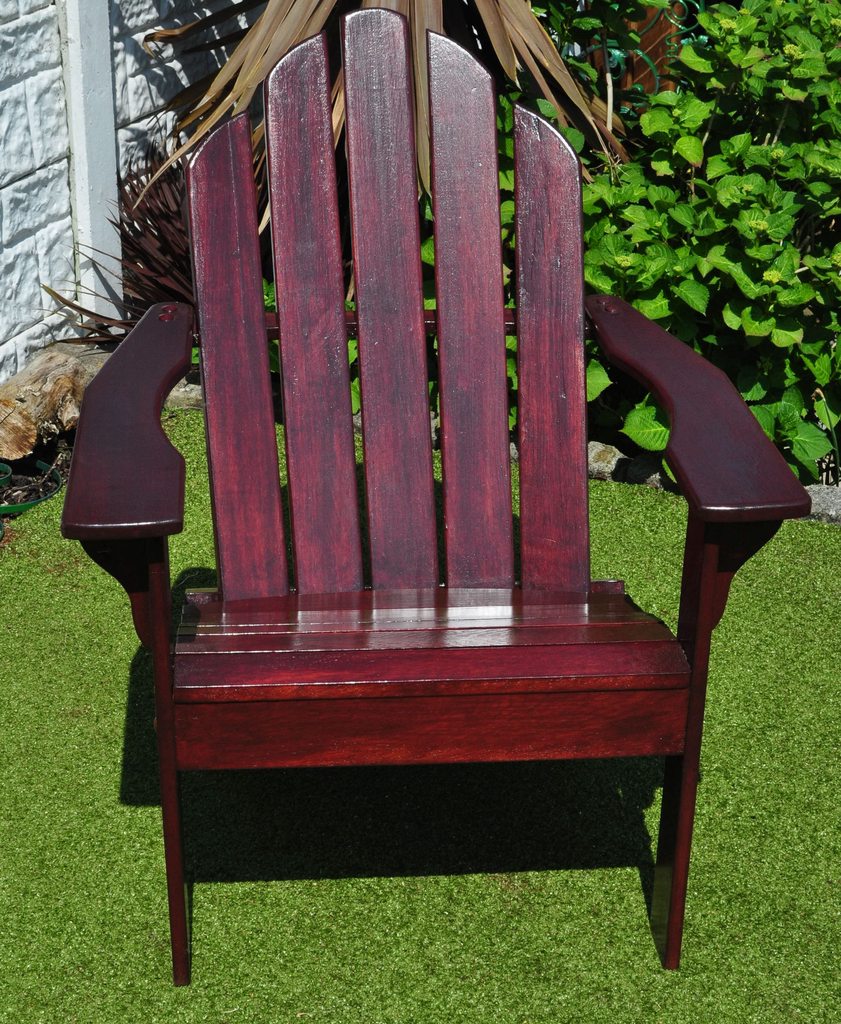
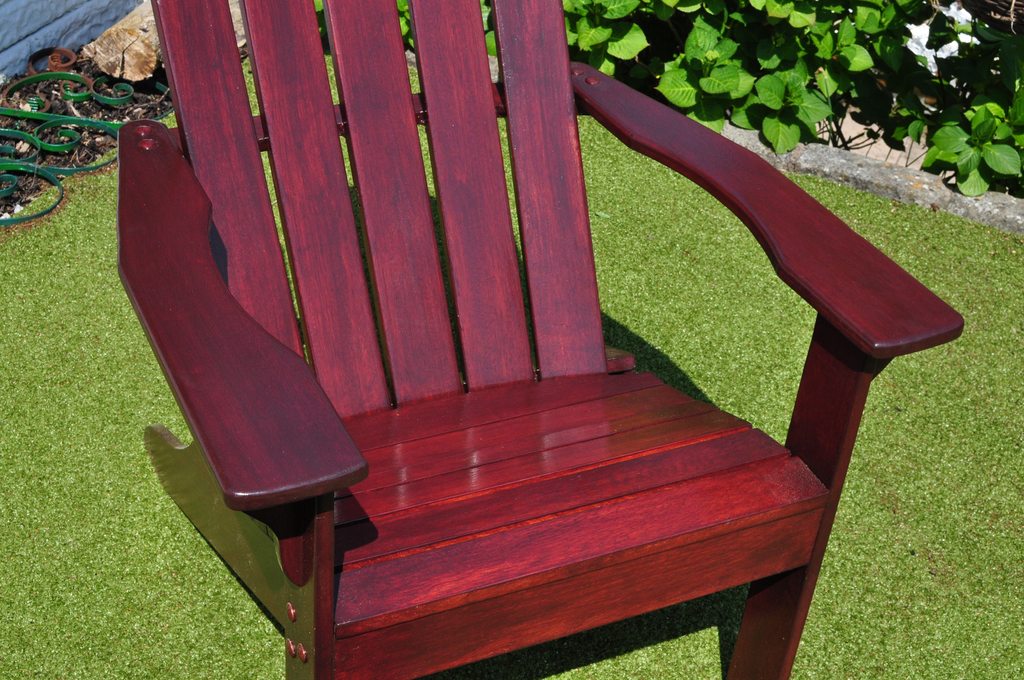









MikeJhn":coq0wlne said:But a really ugly side fixing into the end, I have never found the need to keep using a pocket hole jig since I bought a decent biscuit jointer, and the Leigh Dovetail jig, don't think I even know where it is.
Oh yes and a router table to recess any drawers to take the bottom, no fixings.
Mike

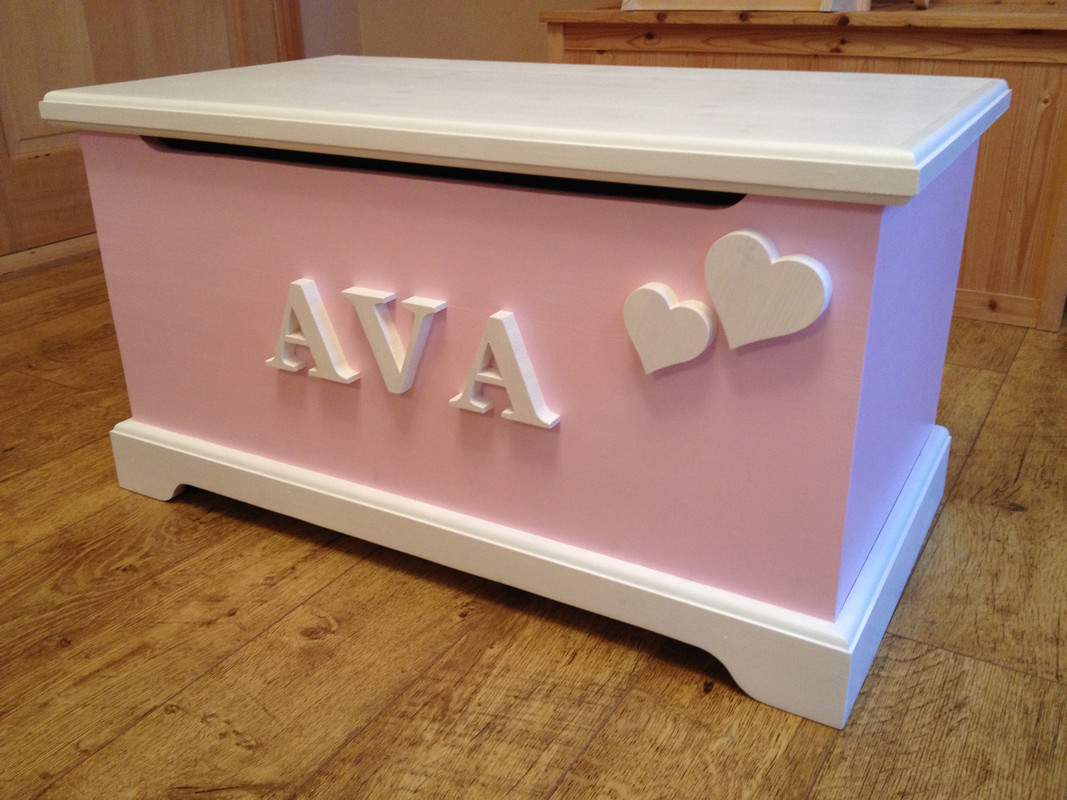
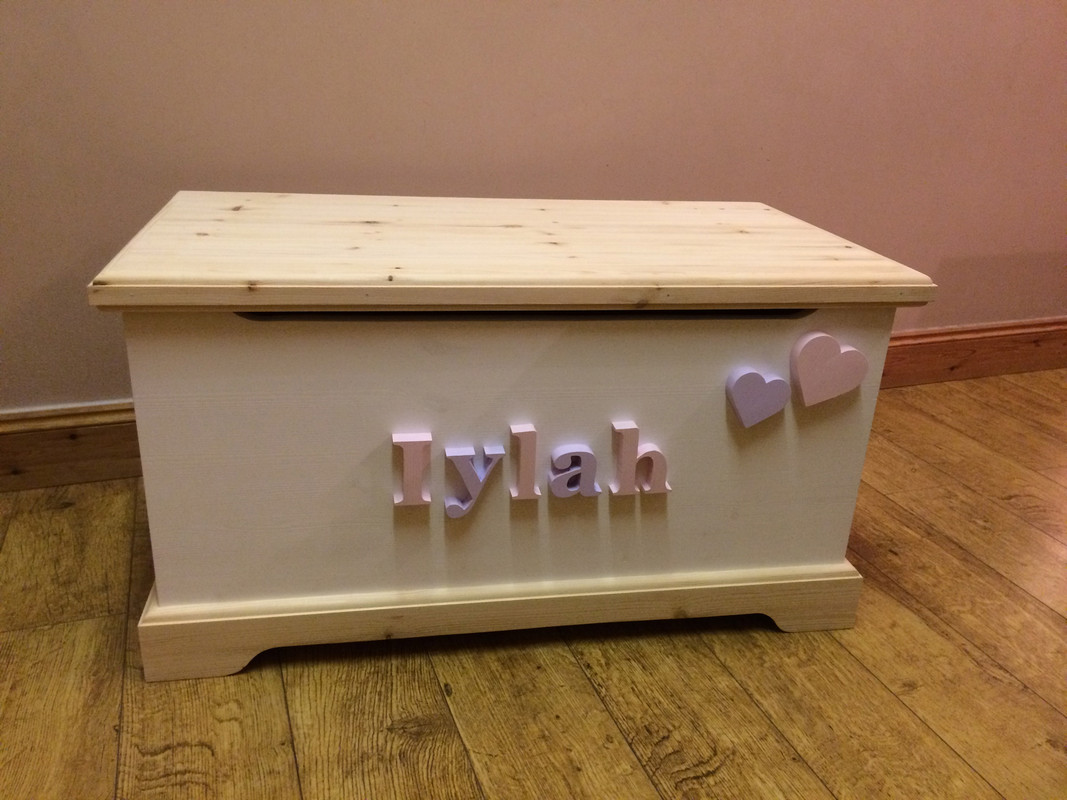
Raymond UK":39xpjgmb said:MikeJhn":39xpjgmb said:But a really ugly side fixing into the end, I have never found the need to keep using a pocket hole jig since I bought a decent biscuit jointer, and the Leigh Dovetail jig, don't think I even know where it is.
Oh yes and a router table to recess any drawers to take the bottom, no fixings.
Mike
I agree on that Mike but these are underneath the toy box so not being seen and they serve a purpose.

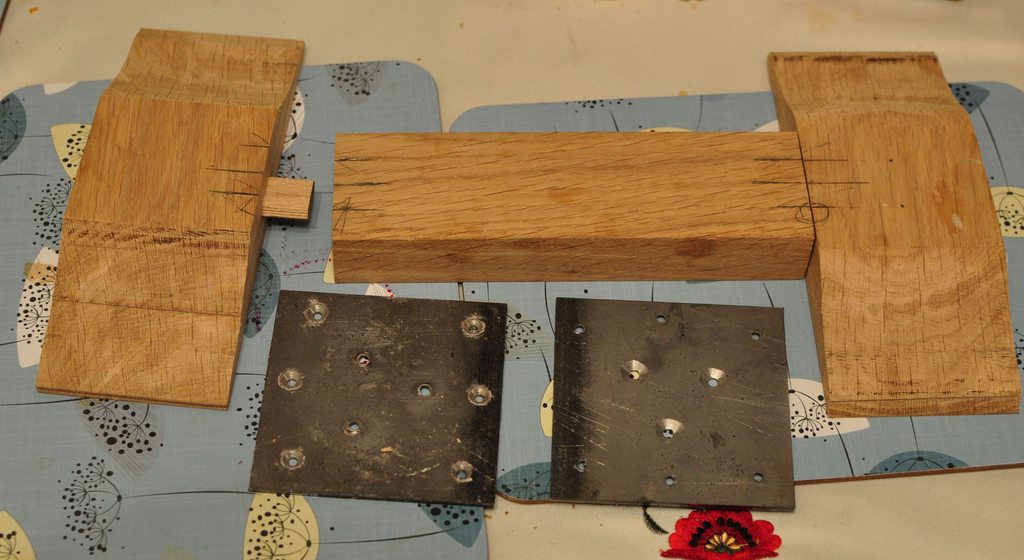
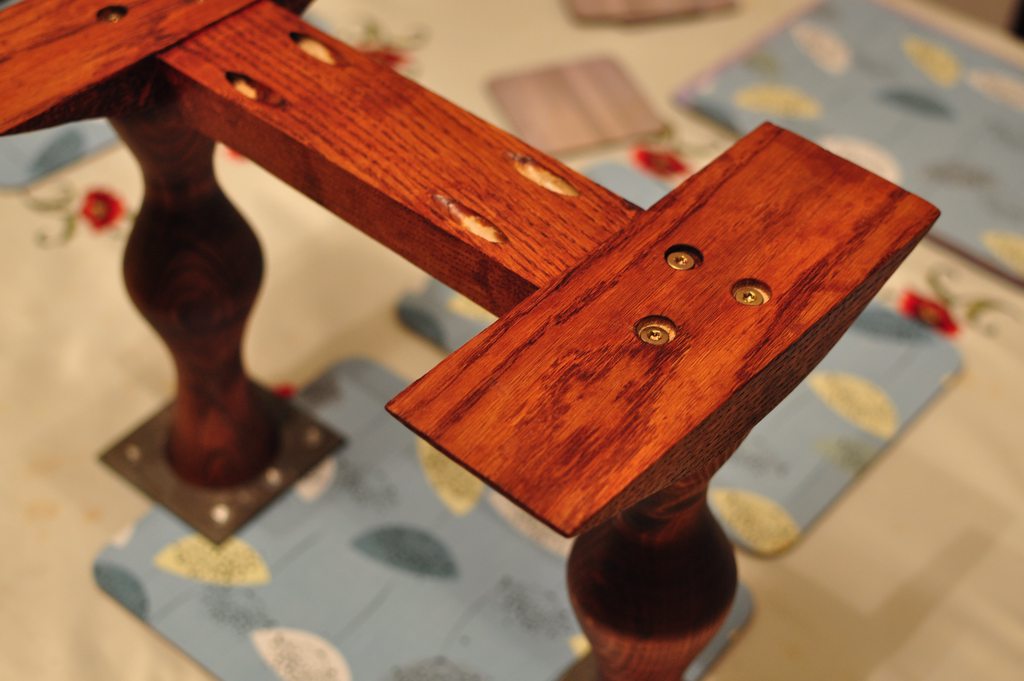
This is the underside of one of the front rails on the current 'shop project shown above:AES":34fzytth said:... to work properly you do need the special "built in flat washer" head on Kreg screws)....
But once you're over the cost, I find Kreg PHs are quick, easy, and very very good. The hardware itself (jig itself, special drills, depth stop, etc) are all of excellent quality, and if you use the vacuum dust extractor you have no problems with over-heating the drill.
And one other advantage is that when necessary, it's easy to cover the holes for the heads and make them completely disappear - you don't have to buy Kregs own "thingies" for that, dowel works fine. But because of the angle, this is IMO a MUCH better method than filling conventional screw holes with any sort of filler and then sanding back.

I suppose not everyone is the same. For some people it is the end product not the process.MikeG.":26ds3kk3 said:I'll just never understand why hobbyists would spend so much money on kit which stops them having to make a joint. Why do you hate joinery so much that you'd spend good money of on the modern equivalent of tosh-nailing?
As it happens Mike, I didn't spend much money at all :lol: - RobMikeG.":3lm6rhxa said:I'll just never understand why hobbyists would spend so much money on kit which stops them having to make a joint.
In actual fact, one half of that joint (at 90deg to the ph side ) is dowel jointed with twin 8mm dowels. The problem I faced was how to the other side without interfering unduly with the dowels; the easiest way was with ph jointing. There's absolutely no point in making life more complex than it needs to be (using traditional joints and expending a lot of extra time) considering this very complex build will have taken well over a year to do.MikeG.":1c8hbvel said:I'll just never understand why hobbyists would spend so much money on kit which stops them having to make a joint. Why do you hate joinery so much that you'd spend good money on the modern equivalent of tosh-nailing?
woodbloke66":qam59210 said:At the end of the jour, ph joinery in this instance, l: - Rob
Enter your email address to join: